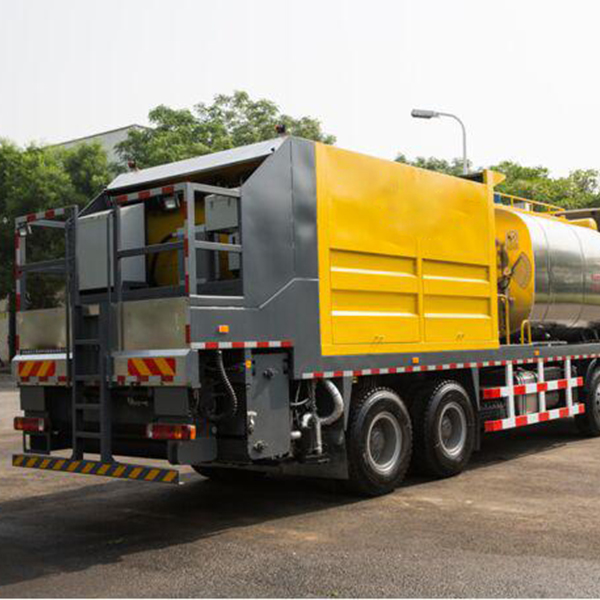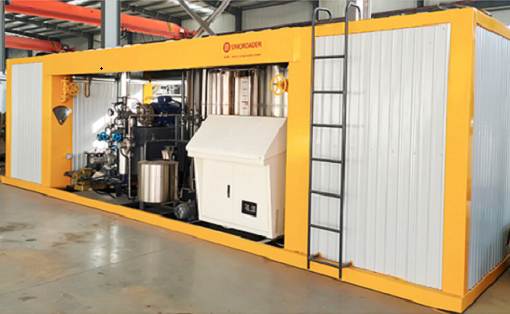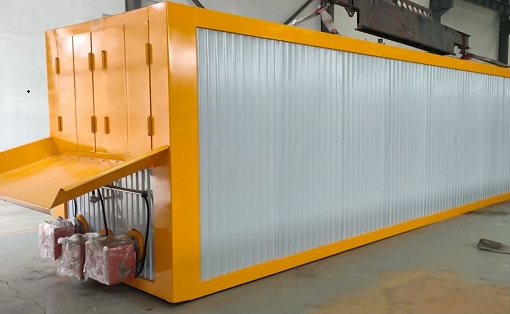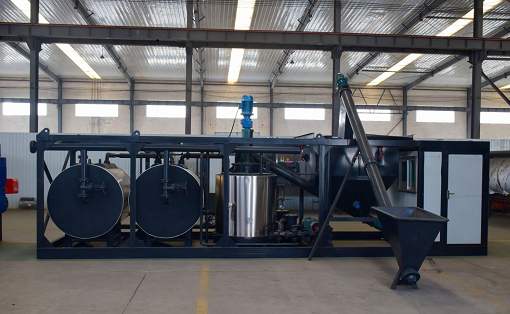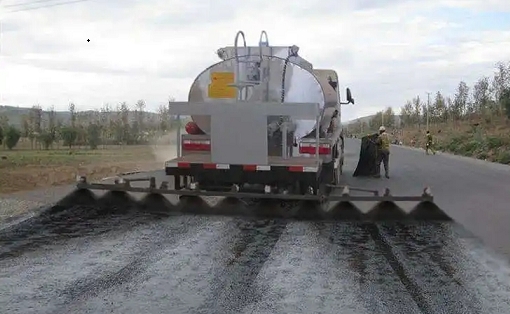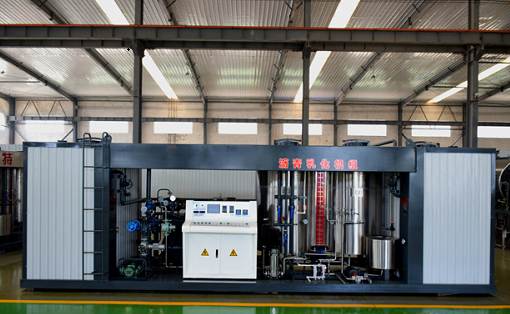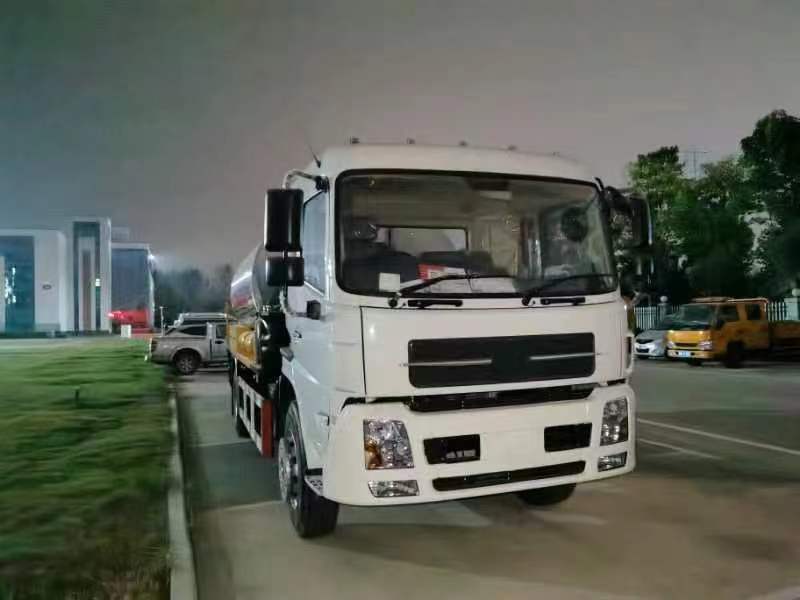Synchronous gravel sealer fog sealer detailed introduction
Synchronous gravel sealer fog sealer is a method of road maintenance. Some roads have network cracks, cracks and holes after a few years of use. The effective method is fog seal technology. The cost is very low. After the fog seal, due to the large fluidity of the material, it can penetrate into the aggregate and flow into the cracks to “transfuse” the road surface, restore the asphalt adhesion of the road surface, fill small cracks and gaps, prevent water from penetrating the road surface, and keep the road surface performance for 2 to 3 years, delaying the high maintenance cost and improving the economic benefits.
Synchronous gravel sealer fog sealer is a method of road maintenance. Some roads have network cracks, cracks and holes after a few years of use. The effective method is fog seal technology. The cost is very low. After the fog seal, due to the large fluidity of the material, it can penetrate into the aggregate and flow into the cracks to “transfuse” the road surface, restore the asphalt adhesion of the road surface, fill small cracks and gaps, prevent water from penetrating the road surface, and keep the road surface performance for 2 to 3 years, delaying the high maintenance cost and improving the economic benefits.
The so-called synchronous gravel seal is a method of using special equipment, namely the synchronous gravel sealer, to spread the gravel and bonding material (modified asphalt or modified emulsified asphalt) on the road surface simultaneously, and form a single layer of asphalt gravel wear-resistant layer through the natural drive roller. It is mainly used as the surface layer of the road surface, and can also be used for the surface layer of low-grade roads. The biggest advantage of synchronous stone sealing technology is the synchronous paving of the binder and the stone, so that the high-temperature binder can be sprayed on the road surface and immediately combined with the crushed stone without cooling, thereby ensuring that the binder and the stone are firmly combined.
Synchronous crushed stone sealing vehicle slurry seal is a thin layer formed by mechanical equipment mixing emulsified asphalt, coarse and fine aggregates, fillers, water, and additives into a slurry mixture according to the designed proportion and paving it on the original road surface. According to the different grading of mineral materials, slurry seal can be divided into fine seal, medium seal and coarse seal, which are represented by ES-1, ES-2 and ES-3 respectively. Slurry seal can be divided into fast-opening flow slurry seal and slow-opening flow slurry seal according to the speed of opening flow. According to whether polymer modifiers are added, slurry seal can be divided into slurry seal and modified slurry seal. The principle of slurry sealing technology is to emulsify asphalt and grading aggregates. It is designed to mix water, fillers and additives into slurry in a certain proportion, stir and spread evenly on the road surface to be treated, and then firmly combine with the original road surface through the processes of repackaging, demulsification, drainage, evaporation and maintenance to form a dense, strong and wear-resistant road surface. Slurry seal can be divided into ordinary slurry seal and modified slurry seal. According to the thickness, it can be divided into fine sealing layer (I layer), medium sealing layer (II type), thick sealing layer (III type) and thick sealing layer (IV type).

